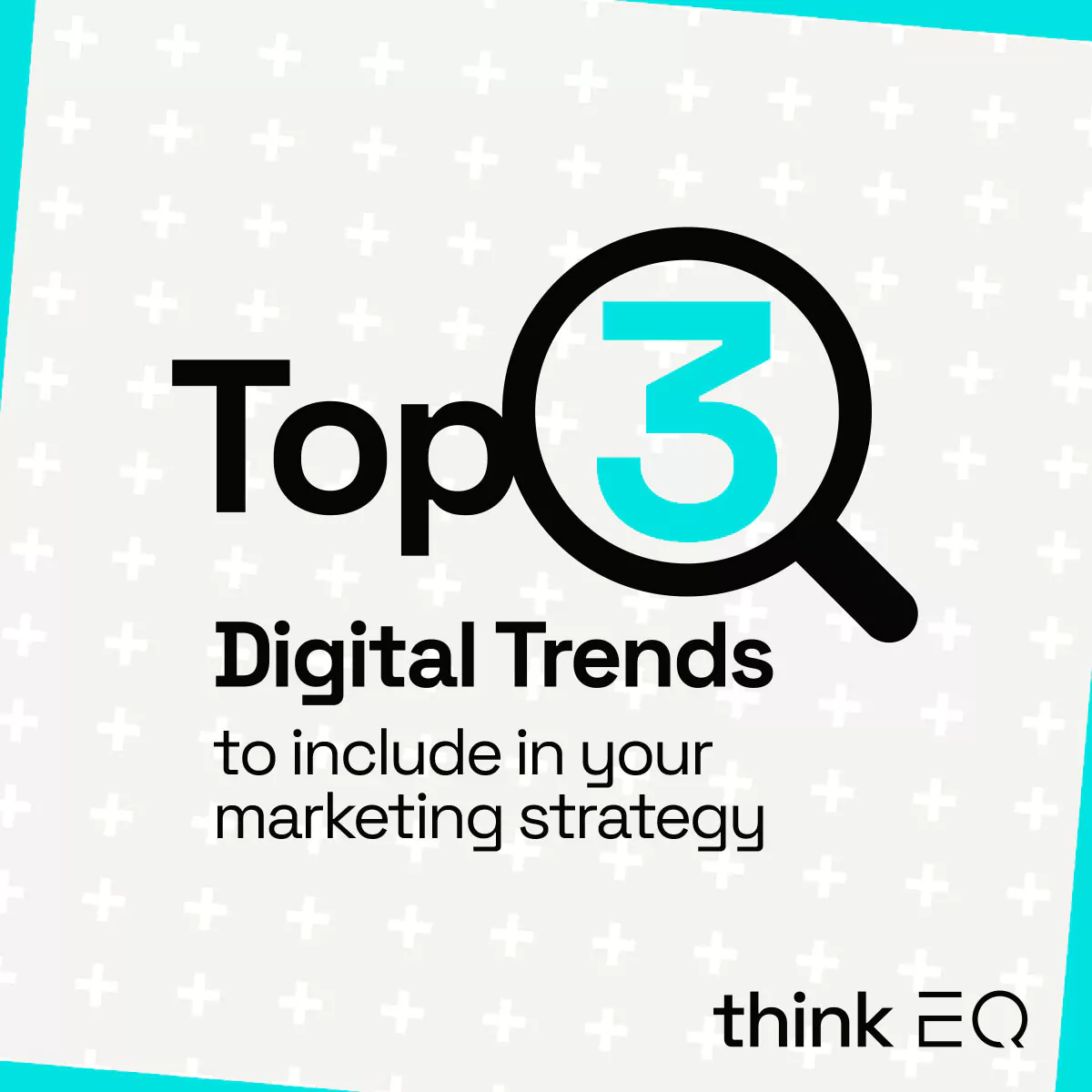What do we think?
The digital landscape is ever-evolving. To remain visible and relevant, you need to apply the latest tactics to ensure you have the power to compete against your biggest competitors.
Marketing strategies need to be agile, but change needs to be authentic. Adaptions need to align with what your customers want and be true to your brand values. So knowing where to pivot to attract more customers is vital to ensuring success.
The new year always heralds interesting predictions, so we’ve spent January reviewing insider reports to bring you fascinating insights on trends you will want to include in your marketing strategy in 2025…
1: Optimise your website for voice search
Investing in your ongoing SEO strategy is vital for businesses that want to fuel discovery through organic search. The SERPs (Search Engine Result Pages) are constantly evolving, and placing in the top 10 for keywords is increasingly difficult as businesses compete with ‘AI Overviews’ and ‘People also ask/ featured snippets’ sections that dynamically funnel search based on previous searches.
In addition, voice search activations have changed how we use search functionality on our devices.
With the rise in virtual assistants, such as Alexa and Siri, voice searches are more convenient. They can be done hands-free and are much faster than picking up a device, opening a browser, and typing a request into search.
According to BrightLocal, 46% of UK users perform voice searches daily, often to find information about local businesses.
PwC released some fascinating insights into voice search data by device type and consumer adoption. Of those surveyed, 18-24 year olds are adopting voice technology faster than their older counterparts, however, it’s 25-49 year olds who are most likely to engage with voice search more regularly.
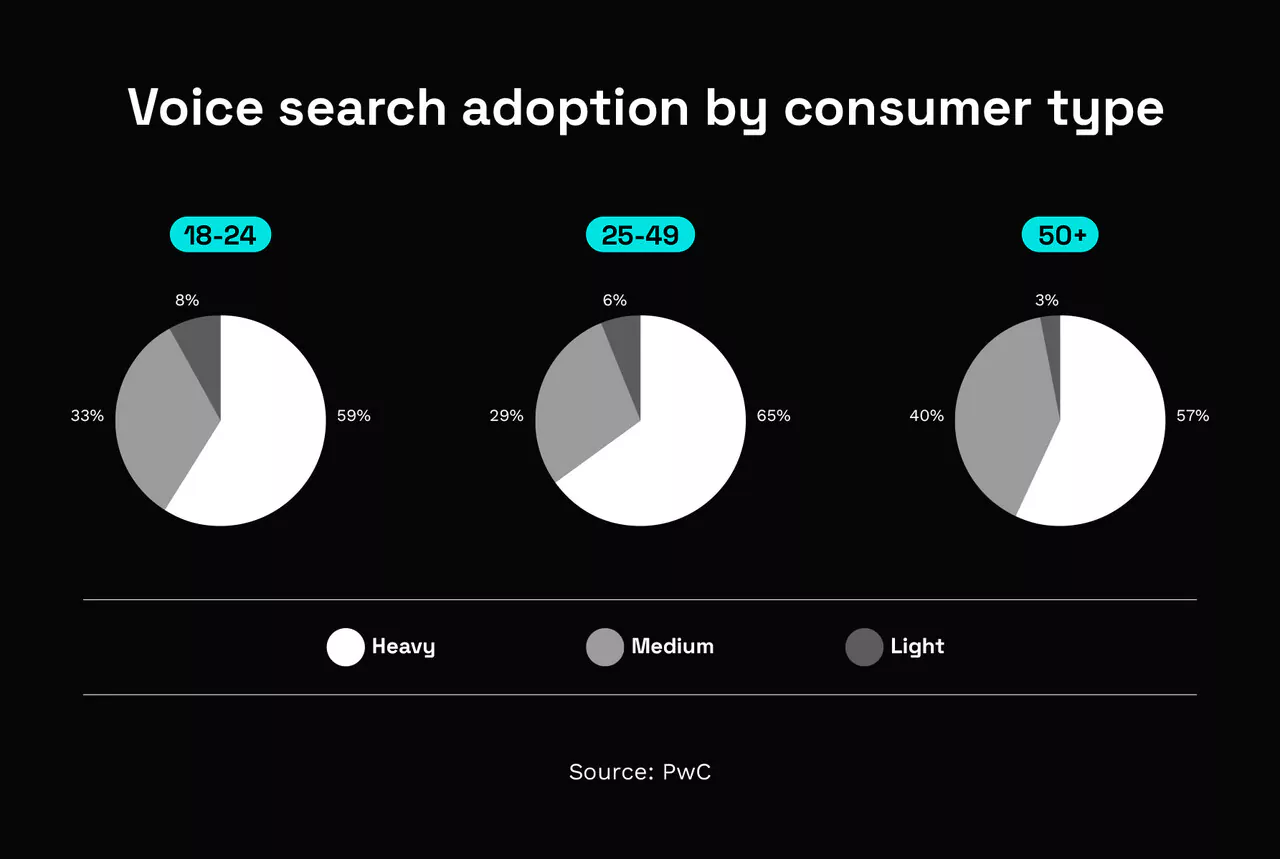
The convenience of voice search also means we use our voice assistants to provide instant answers to burning questions when we’re busy. They provide an immediate response when we need answers quickly, so how and when we engage with our devices has changed enormously in recent years.
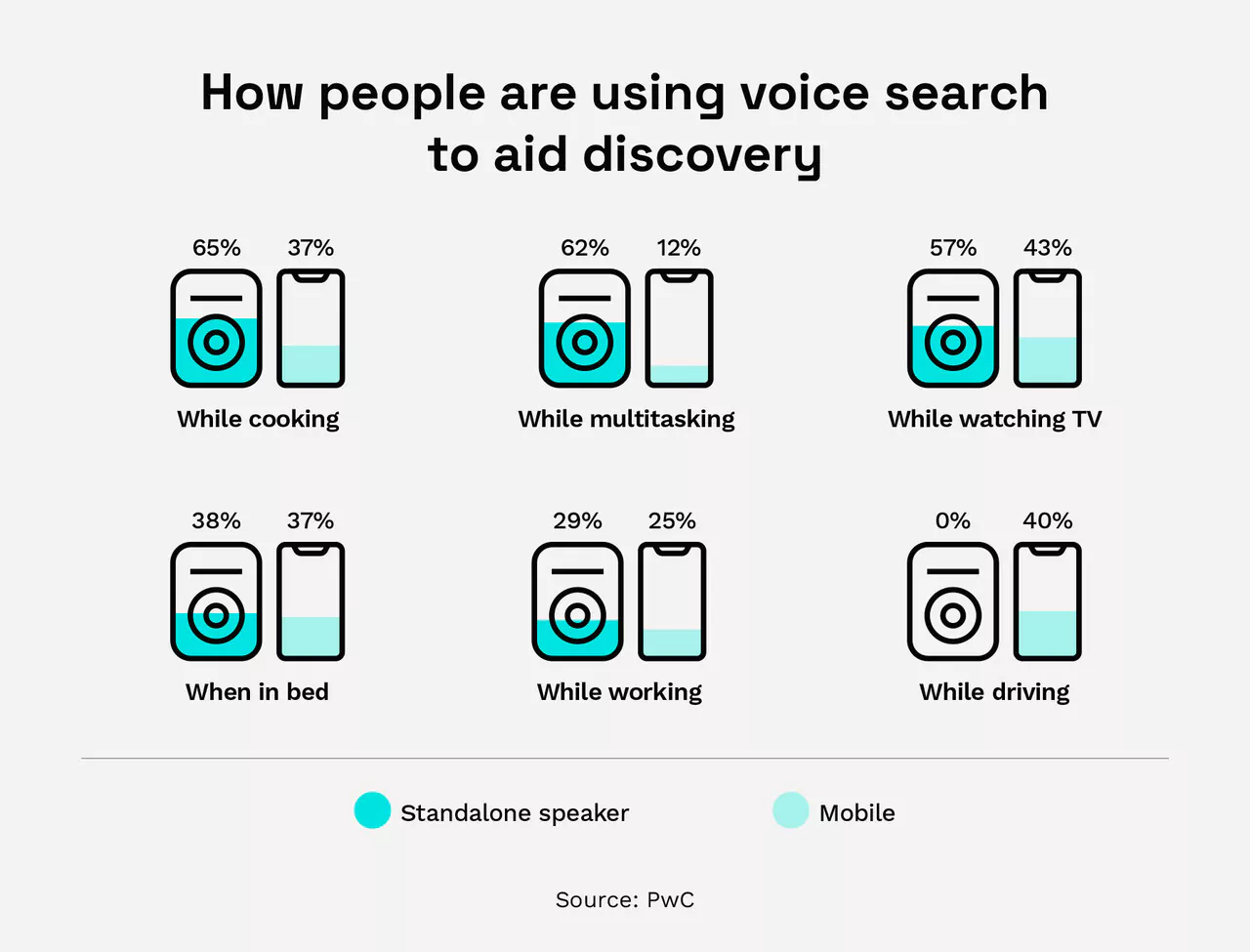
You can include several tactics in your digital marketing strategies to help you compete in voice search.
Here are our top 4 tips for improving SEO for voice search:
1: Invest in your technical SEO to improve site speed: 57% of voice searches are issued through smartphones and 29% through tablets, so it’s essential that your website is mobile-friendly with responsive designs and minimal load times (Source PwC).
2: Focus on local SEO: As well as mobile devices, car navigation (20%) and wearables like smartwatches (14%) are also popular tools for accessing voice search, therefore, it makes sense to ensure your business listings are updated with optimised content to improve visibility. Ensure directories and Google My Business listings are up-to-date too, with accurate address, phone number, and operating hours.
3: Create bespoke FAQs for key services and products: If you understand user behaviours and intent, and are monitoring what queries are driving search for your brand and your competitors, you need to use these insights to create bespoke FAQs. It’s vital you answer specific customer queries and move away from generic catch-all content. SEO Clarity analysed over 7.6 million keywords to identify the top 25 keywords that triggered featured snippets. The most frequently occurring terms are ‘How’, ‘What’, and ‘Best’, so pay close attention to creating content that answers questions with informational intent.
4: Take a human-centric approach to on-page SEO: Your landing pages and web pages need to clearly articulate what your business specialism is to search engines, but don’t forget that there is a person out there searching for specific information. So, make sure you also optimise for conversational keywords. This is especially important for those using voice search. By using natural language for question-based content, you’ll be able to optimise content that’s more in line with how people actually talk. For example, using ‘Where is the best rated Indian restaurant in Bolton’ would be more accurate than ‘Best Indian restaurant, Bolton’.
2: Use AI to work smarter and improve customer experience
The rise of AI in recent years has enabled businesses to streamline delivery. AI isn’t here to replace roles – after all, in a world where authenticity is valued, AI cannot replicate human emotions, empathy or behaviours. But, what AI can do is help you work smarter!
Used correctly, AI can help you improve digital marketing activities. For example, AI can analyse large amounts of data quickly from multiple sources, such as browsing history, social media, and purchasing behaviours, to help you create audience profiling so that you can tailor messaging and create a more personalised experience.
Research shows that using AI-powered features can also boost engagement and conversion rates. For example, 76% of UK shoppers are open to using virtual try-ons and predictive recommendations prior to making in-app purchases.
There are a number of AI tools that you can integrate into your marketing strategy, including social listening tools that help you gain insight into trending topics, and chatbots that help you quickly and effectively engage with customers to create positive brand experiences.
Mar Tech collated some interesting data on marketers’ attitudes towards AI. Ninety-nine percent admit to personally using AI in some way, 69% say they’ve integrated AI into marketing operations, and 42% state that AI has led to transformative changes in marketing strategies.
Research by Salesforce identified the most common uses of AI by marketers as:
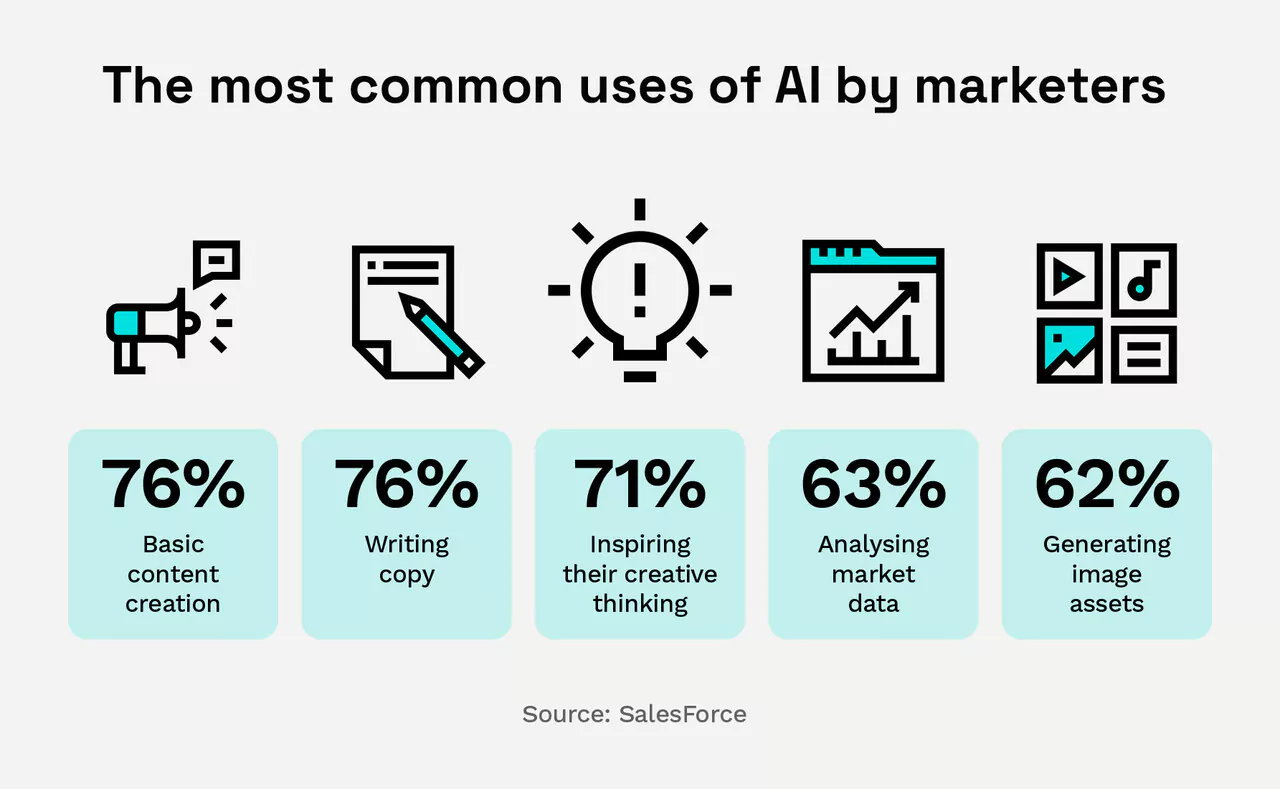
3: Invest in Social Commerce and more video content
Social media strategies are just as important as ever. Your social channels are prime retail when it comes to aiding discovery to wider audiences beyond traditional search.
But organic content alone isn’t enough to keep your brand in the algorithm – even if you have an engaged audience!
According to recent marketing forecasts from the Advertising Association (AA) Warc Expenditure Report, the UK advertising market is expected to exceed £43 billion in 2025. Whilst this spend is across all media types, key trends signify a rise in social commerce by 26.6%, specifically video content across social media platforms.
Video marketing is nothing new, but the rapid growth of TikTok during the pandemic and the rise of Instagram Reels have ensured that short-form video content, shoppable videos, and live streams have become key parts of any marketer’s arsenal. In fact, 86% of marketers favour this form of content, due to shareability factors that help boost engagement rates.
But paid media doesn’t have to be reserved for content designed to sell products. Whether you’re promoting services, showcasing UGC (user-generated content), or promoting brand stories, video is an impactful tool that can help you capture attention quickly. This engagement can lead to more traffic which could ultimately lead to an uplift in sales and leads.
Attribute spend to your social channels and ensure you’re boosting content to maximise reach.
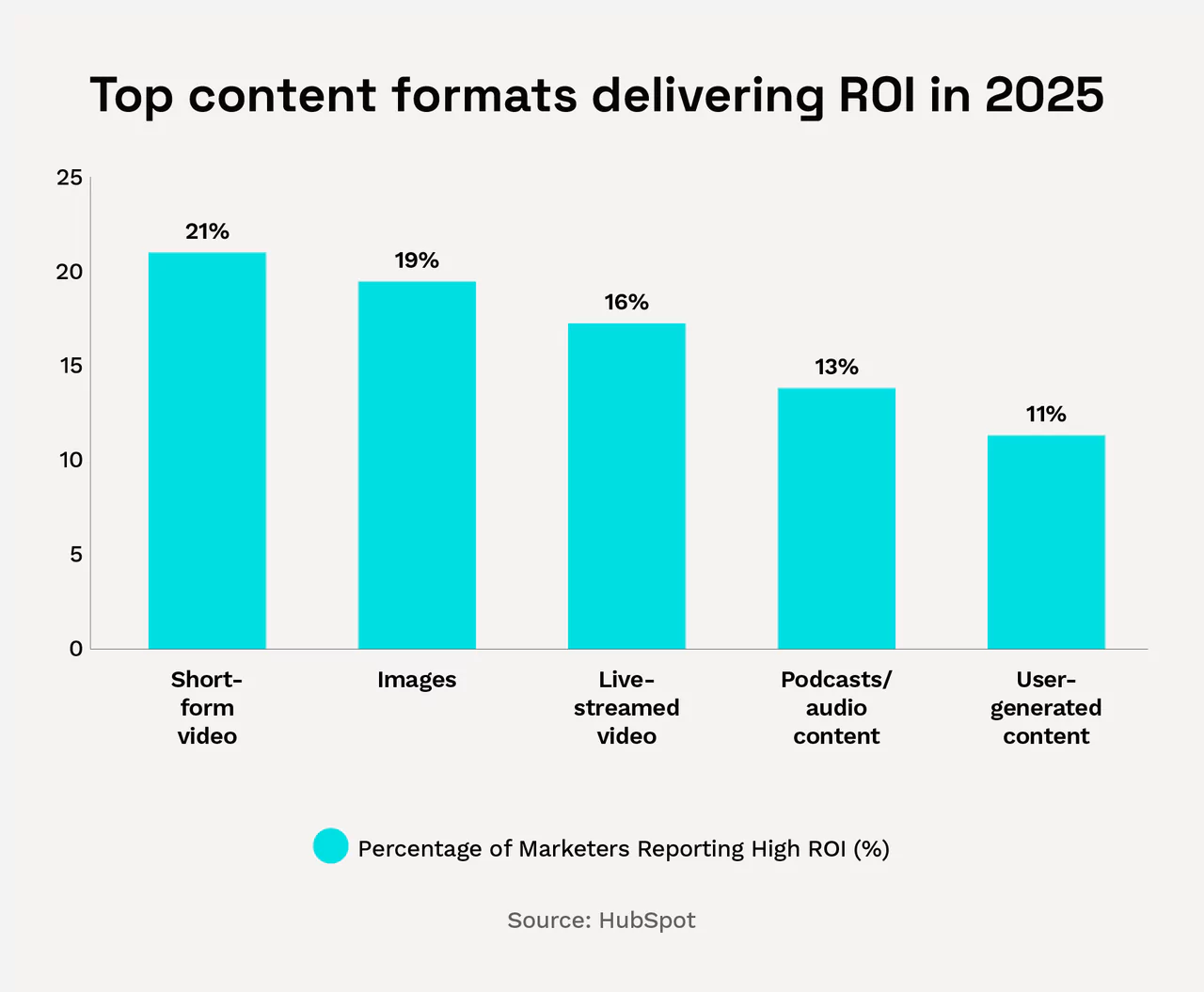
Maximise your marketing efforts in 2025
At ThinkEQ, we work with brands to help them create marketing strategies that drive real value.
We can help you amplify brand reach through social media advertising, improve on-site SEO to increase organic reach or streamline customer communications with smart AI tools.
Discover how we can help your brand make an impact, get in touch to book a FREE audit and consultation.
We connect emotion with design, discover what counts and focus on what matters.
how we work
